One the most popular measurements of scoring efficiency in the modern game is the so-called ‘red zone entry number’. Every time you enter the opposition the 22, you make a note of how many points you score, then average the number of points accrued out over the number of entries. Anything over three points per entry is an excellent outcome at the top level.
One of the most outstanding red zone entry numbers achieved over the November series of international matches was Australia’s figure of 4.33 points per entry on 12 entries in their game against Wales. The extent of the Wallabies’ domination in that area was highlighted by a 20-minute period when the green-and-gold scored 21 unanswered points with only 14 men on the field, after centre Samu Kerevi had been sent off in the 42nd minute.
The Wallabies converted two of their three tries in that period because of the strength of their 5m driving lineout, and the key to that strength was the positioning of their biggest and strongest forward Will Skelton. Wherever he aligned at the start of the set-piece, Australia made sure it got Skelton ‘on point’ and leading the drive out by the time it was set.
The favoured spot was as part of a three-man blocking front on the short-side of the catch:
No 5 Skelton starts in the middle of the line as the front lift for receiver Seru Uru [in the red hat]. His job is to get ahead of Uru and lead the drive through the centre of the Welsh maul defence. By 21:08 on the game-clock he has achieved his objective and the Welsh defence has been split into two halves. If the remaining Aussie forwards stay together as one unit, they cannot help but score.
In the second half the Wallabies changed the picture while keeping the same aim:
In this instance the Wallabies start Will Skelton at the very front of the line. Once the receipt is made, the big La Rochelle second row [in the white boots] joins to the right of the blocking front and that is where the drive acquires its scoring momentum.
Summary
If you want to create scoring efficiency and achieve a positive ‘red zone number’ you cannot do without an effective 5m lineout drive. If you want a successful drive, it is necessary to identify the forwards who can power it up, and find strategies to deliver them ‘on point’. The Will Skeltons of this world may be few and far between, but the principles behind their selection and placement remain the same.






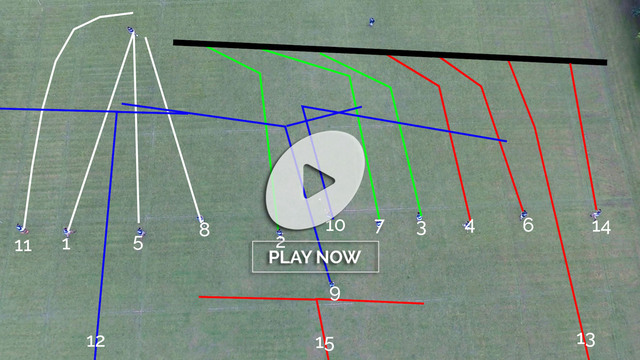

.jpg)
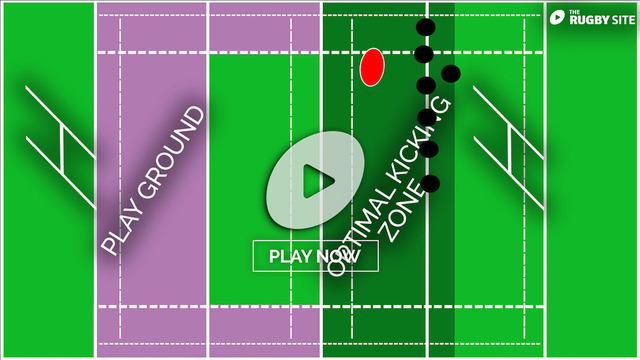

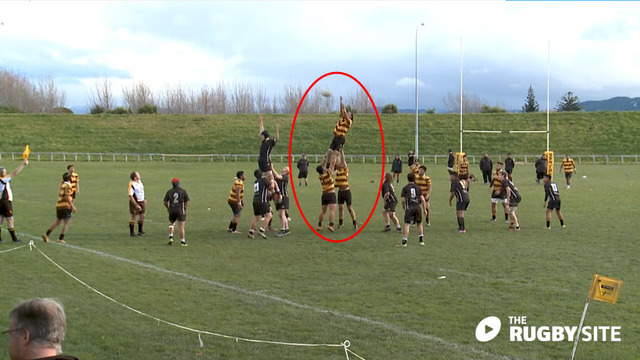
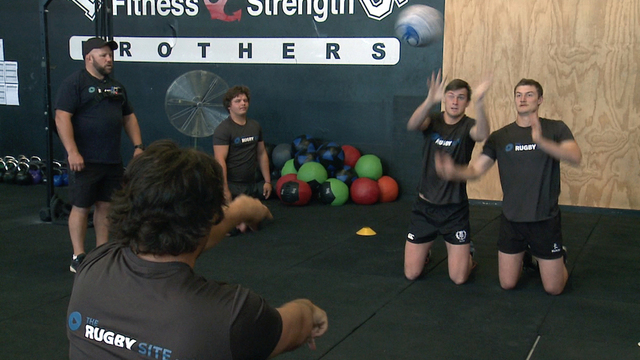


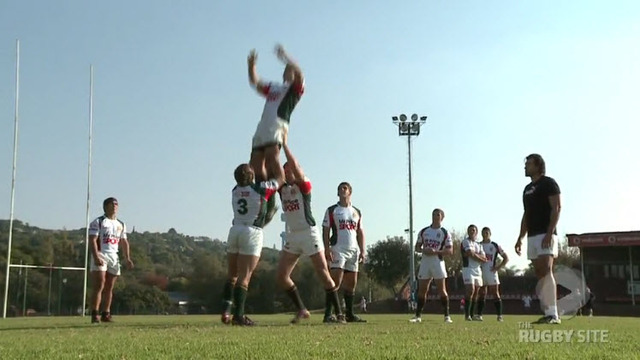
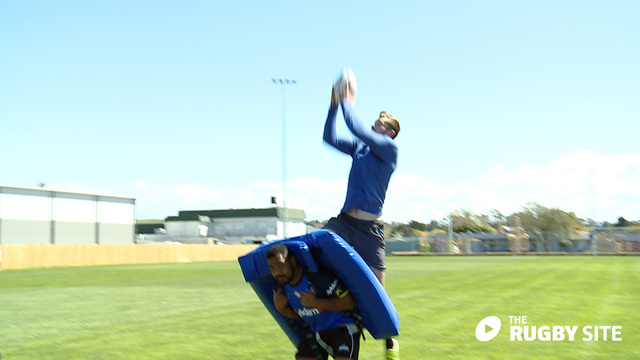
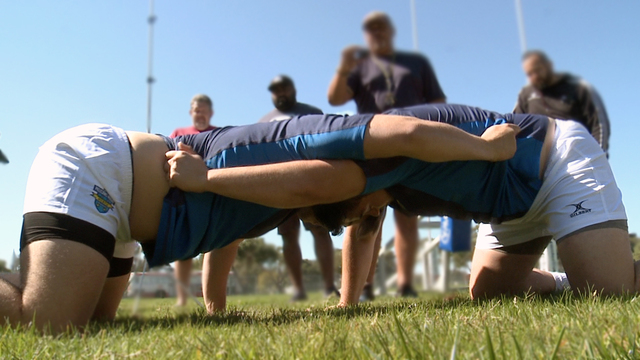
.jpg)



